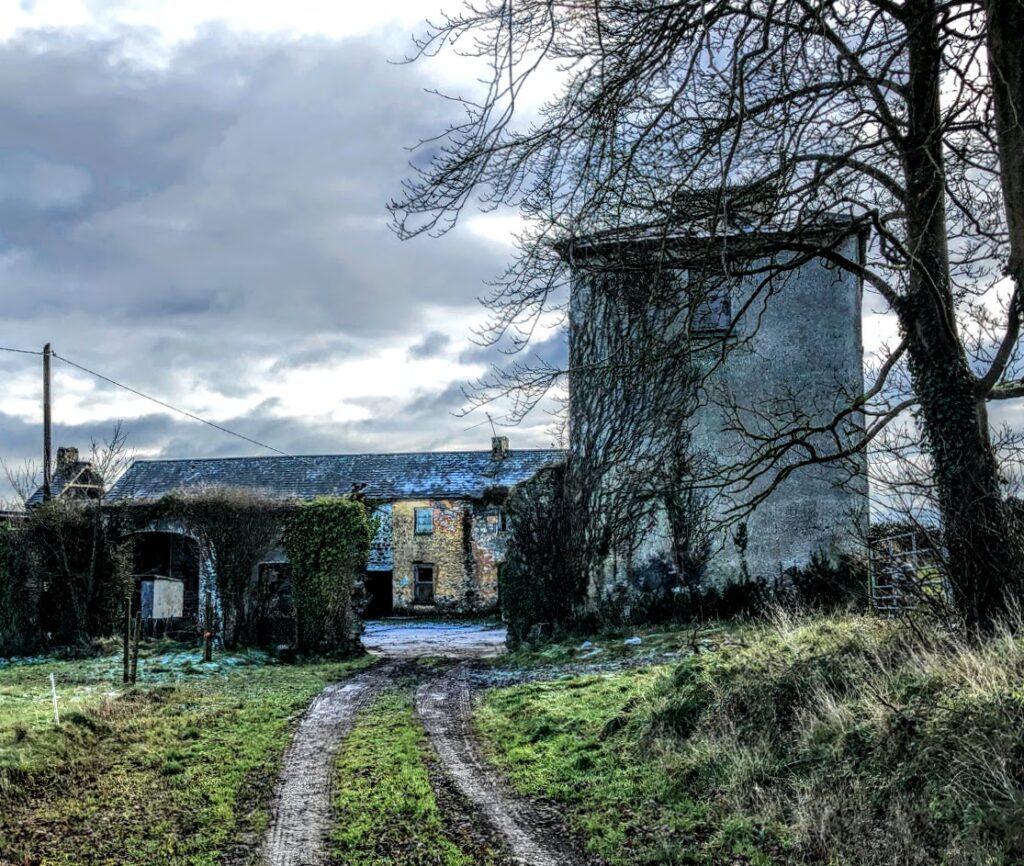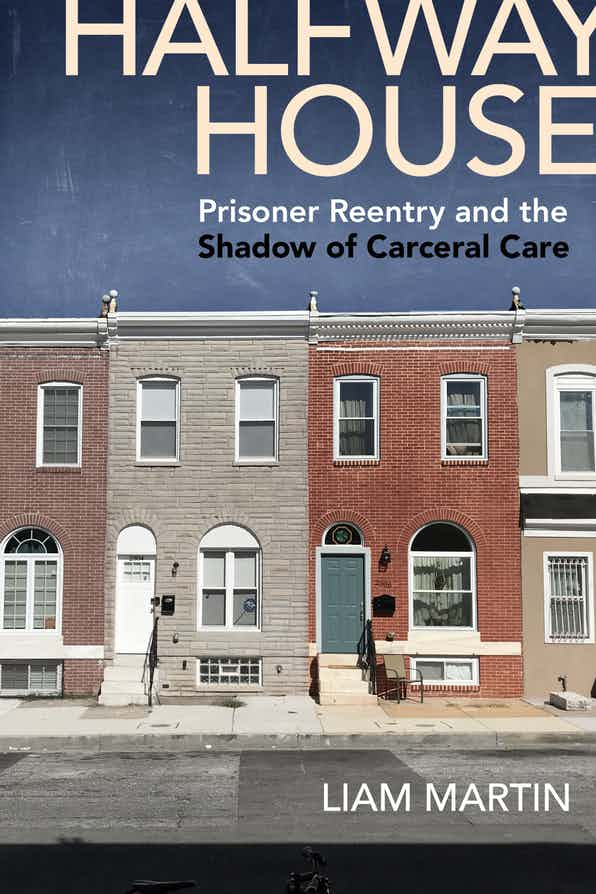
Recovery Conversation Cafés

news, new scholarship & more from around the world



Over one in four (25.6%) Australians in the aged care target population live in rural or remote communities.

At the height of the Great Famine of 1845-1849, the Poor Law Commissioners leased Stewick House and 10 acres, including the out-offices, from George and Laura Hewson in 1848 at annual rent of £75.

